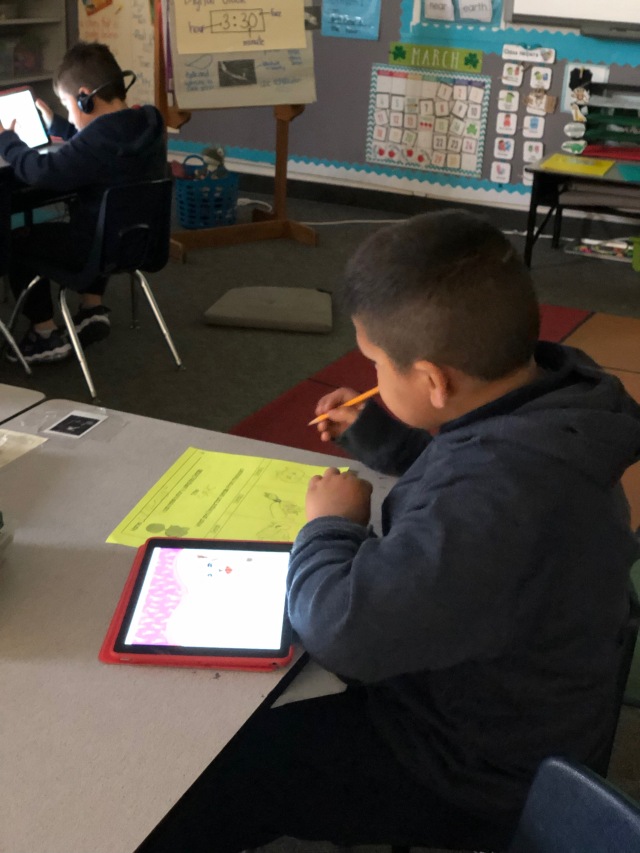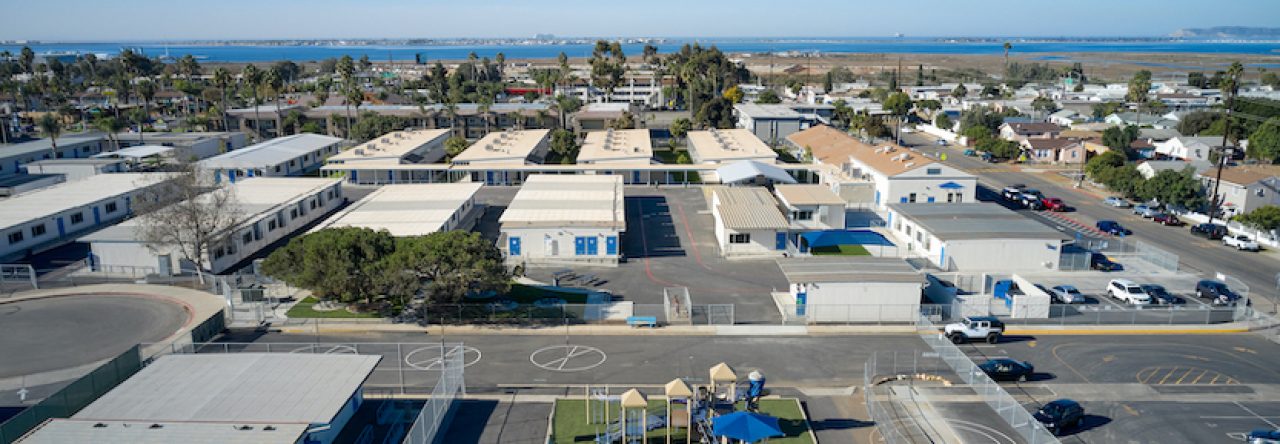Using YouTube in the classroom can be an amazingly powerful tool when it is decided to be used correctly by our learners. This week, I had a student who was using YouTube to listen to music; however, the lyrics were not anywhere close to being school appropriate. I started talking this problem over with some other educators because I am honestly so torn on this situation – do we just lock this down at the first hint of it being a distraction, or do we reflect and share expectations and hold our learners accountable for using YouTube as the powerful tool it can be or do we just avoid it altogether and hope that our students don’t figure out how to login? I have seen from experience that the last option is not going to be a sustainable one – our students are amazing at finding ways to work around any district or school wide restrictions (see more about this in the next section). So, if avoiding YouTube is not effective or realistic, the distraction exists and we do not want to lock them out of something potentially useful, we are left with teaching and enforcing routines that will make YouTube have a positive academic impact on our learners!
Talking it Out & “White-Hat Hacking”
Roel Mislan, in his technology class, brings up the idea of “White Hat Hacking” (the first time I hear this I could not help but to think of Olivia and the TV show Scandal) which is the idea that when you are finding a work around for something, you should do so with positive intent. This is what your students are doing when they find ways to work around the restrictions that have been placed on their devices. I hope and want to know that our students are finding ways to access YouTube because they know how valuable the information is on there. While this is not always accurate, we can remind our learners to be on task and focused. I am not saying that YouTube is going to be used as an academic resource all of the time, we hope that it will be used to further learning at least during school hours, but that is not always a reality. I am saying that we can help our learners to use this tool as an actual tool instead of a distraction.
Accountability
This is the piece that I always struggle with the most. When we are talking about technology and holding our learners accountable for using the technology appropriately, it is easy to be seen as mistrusting. There is a difference between holding students accountable and not trusting them to make the right decisions. The distinction comes in the relationships you have built with your learners and what your classroom community is like. By communicating with the students, making your expectations clear and by making sure that they understand there are clear consequences when misuse is seen, we can make sure that we are able to hold our students accountable without being seen as mistrusting them. Some questions to consider when allowing your students to use YouTube:
- How do you plan to hold students accountable for watching YouTube for academic purposes?
- Are you going to allow students to listen to school appropriate music as a reward?
- What are the consequences that you will enforce if a student is misusing this academic tool?
- How do you plan to check that students are watching content that you have approved or that is related to their learning?
These are questions that I unfortunately cannot answer for you because they will differ for everyone. They are questions to consider and even bring up to your students as you roll out the academic use of YouTube.
Modeling Expectations
One of the best ways that I have found of enforcing rules is by modeling them ourselves. This goes for technology as well! There have been so many times when a student has walked into my classroom to ask me something about their device or a problem they are having…I don’t always know the solution, so my first resource is YouTube because I trust that it will have the information I need. Just today, I was working on the VIP SBAC Awards and I didn’t know how to put the names in alphabetical order; yet I found the answer on YouTube! These small events may seem meaningless but in reality, they are opportunities to share with our students and show them how we are using YouTube for academic purposes.
We do not need to teach our learners how to use YouTube for music or to watch viral videos, but we do need to show them another purpose for the tool!

Chances to Do What is Right
Open up this opportunity to your learners – give them the chance to learn from YouTube! The use of YouTube is something that can truly empower our learners because it enables them to learn in a different way. So, give them the chance to not just see how far they can take their learning but also challenge them to create their own YouTube videos. I have heard that one of our middle school students has a workout YouTube channel where videos of different workouts are posted…this is empowering because it is creating an opportunity to reach a larger audience, the student is becoming a creator (making video content) as well as a consumer (learning during their PE rotations) and it is showing that the student is engaged what they are doing!

While it can be very intimidating to open up the use of YouTube to our classroom, with clear expectations, direct modeling and trust, we can make this an effective tool in our classrooms!

